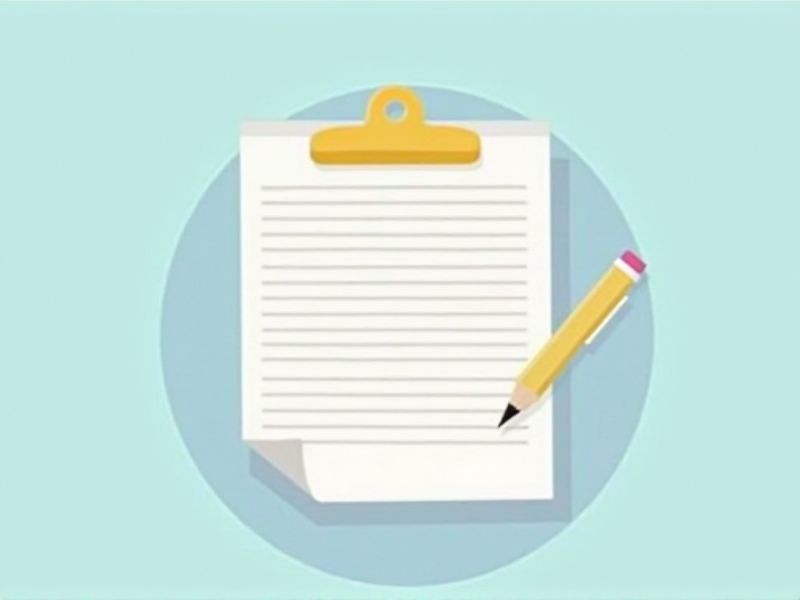
When writing a retirement letter, it's important to communicate your decision clearly and professionally while expressing gratitude for your experiences. A well-structured retirement letter serves as a formal notice and helps maintain positive relationships with your employer and colleagues. Typically, the letter includes the retirement date, appreciation for opportunities provided, and best wishes for the organization's future. Keeping the tone respectful and positive ensures a smooth transition during this significant life change. For your convenience, explore the various retirement letter templates available in this article to find the one that best suits your needs.
Samples of letter format for retirement
Formal Letter Format For Retirement Notice
Retirement Announcement Letter Format
Retirement Thank You Letter Format
Professional Retirement Letter Format
Creative Letter Format For Retirement Party
Retirement Resignation Letter Format
Retirement Invitation Letter Format
Letter Format For Early Retirement Request
Retirement Farewell Letter Format
Letter Format For Retirement Speech
Retirement Letter Format For Coworkers
Personal Letter Format For Retirement
Letter Format For Retirement Celebration
Letter Format To Notify Management Of Retirement
Heartfelt Letter Format For Retirement
Retirement Appreciation Letter Format
Letter Format For Retirement Gifts
Letter Format For Retirement Transition
Letter Format For Retirement Benefits
Letter Format For Retirement Planning Announcement
Important Things to Know when Writing Letter Format For Retirement
Clear Header With Sender And Receiver Details
A clear header is essential in a retirement letter, as it sets the tone and context for your message. Include your name, address, phone number, and email at the top, followed by the date. Next, list the recipient's name and address, ensuring that they are correctly formatted and easily readable. This structured approach not only presents your professionalism but also helps ensure that your letter reaches the intended recipient without delay.
Formal Greeting And Subject Line
A retirement letter should always begin with a formal greeting, addressing the recipient with their appropriate title and last name to convey respect. Following the greeting, include a clear subject line that immediately indicates the purpose of your letter, such as "Notice of Retirement" or "Retirement Announcement." This structured approach not only demonstrates professionalism but also ensures that your letter captures the attention of its reader right from the beginning. Remember, a well-formatted letter reflects your commitment to maintaining a positive relationship as you transition to this new chapter in your life.
Statement Of Retirement Intent With Effective Date
When crafting a retirement letter, it's essential to include a clear statement of your intent to retire, specifying the effective date of your retirement. This formal declaration not only communicates your decision to your employer but also serves as a reference for your final working day. Ensure that your letter is concise and professional, following a standard business format, including a date, salutation, body, and closing. Including your contact information in the letter can facilitate any necessary follow-up discussions regarding your transition.
Expression Of Gratitude And Acknowledgement
When preparing a retirement letter, it is essential to express gratitude and acknowledge the support you've received throughout your career. This not only recognizes the contributions of your colleagues and superiors but also fosters positive relationships as you transition to this new phase of life. Be sincere in your appreciation, highlighting specific experiences or guidance that has positively impacted your professional journey. Conveying this heartfelt sentiment leaves a lasting impression and strengthens your professional legacy as you leave the workplace.
Closing With Signature And Contact Information
When finalizing your retirement letter, ensure that you include a professional closing followed by your handwritten signature for a personal touch. It's vital to type your full name beneath your signature, clearly identifying yourself to the recipient. Additionally, include your contact information, such as your phone number and email address, to facilitate any necessary follow-up. This attention to detail reinforces your professionalism and leaves a positive impression as you transition into retirement.
